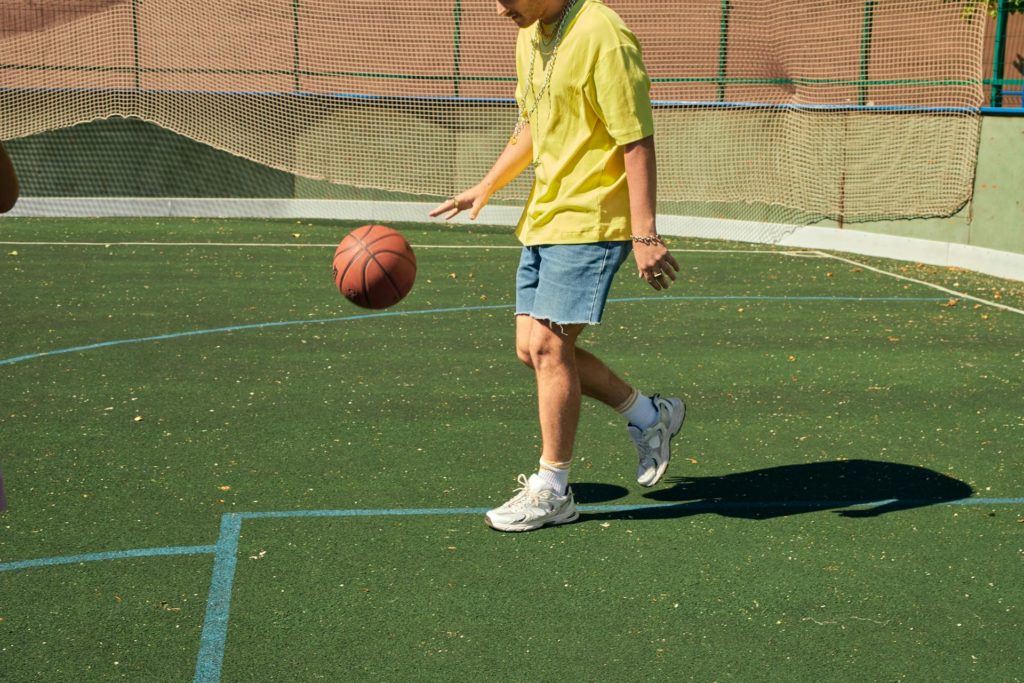
Concrete blankets and tennis court covers are pretty useful protections for construction sites and tennis courts. The protection of constructions and sporting arenas against harsh elements would help ensure that surface and material longevity is maintained. Whether it’s a construction project or taking care of a tennis court, there’s a cover that can make all the difference. concrete blankets are one of the most commonly used tools in a construction setting. It protects concrete while curing, especially during cold or wet weather. Tennis court covers, on the other hand, are another necessity for preserving courts and maintaining them in their prime condition.
Table of Contents
What is a concrete blanket?
Concrete blankets are protective covers on freshly poured concrete. Concrete blankets help to keep concrete warm. This encourages the curing of concrete in cold weather and prevents the cracking of the concrete. If weather conditions are extreme enough, freezing may delay the onset of the curing process, and it could even weaken the structure. Concrete blankets ensure that concrete cures at proper temperatures.
Why are concrete blankets important?
Concrete needs time to cure properly to realize its full strength. In freezing weather, water in the mix of the concrete freezes expands, and damages the structure. That is where concrete blankets come into play. They maintain the appropriate curing temperature even during times when the ambient temperature surrounding it is freezing. This prevents cracking, which can weaken the concrete.
In addition to offering fairly warm concrete, concrete blankets prevent dust, dirt, and debris from ruining the surface. They are cheap and effective in their function of allowing the concrete to set and cure without adverse problems; hence, they are common in most construction areas.
Various kinds of concrete blankets
There are various types of concrete blankets, and the selection depends on the requirements of the project. Some of the common types include the following:
Insulated concrete blankets: They are very good insulators, and they can be used where it freezes cold, as they can be allowed to become relatively thick. This then traps the heat inside and keeps the concrete warm enough to cure properly.
Plastic Concrete Blankets: These blankets do not allow water penetration and keep the concrete surface away from wet conditions. They are comparatively lighter than the insulated blankets but can also resist rain well to protect concrete.
Electric Heated Blankets: These blankets apply electric heat to insulate the concrete. They are highly costlier than other types but work well in extreme colds.
Care of Tennis Court Covers with Sports Courts
Just as concrete requires protection, sports courts too require care so that they stay in good condition. One of the most useful ways of protecting tennis courts from the weather is through tennis court covers. Tennis Court Covers keep the surface dry and clean of a tennis court, thus providing long-lasting durability and curbing the costs incurred for maintaining it.
Why Use Tennis Court Covers?
Tennis court covers are designed to prevent rain, snow, and dirt on courts. These are particularly helpful with outdoor courts, where a change in the weather may occur at any moment. Covering the court during inclement weather can save you from water damage and additional time spent cleaning the surface before match play.
Here are some of the main benefits of using tennis court covers:
Full Waterproofing: These tennis court covers are also made from totally waterproof materials, meaning that during heavy rain, the court surface will never get wet.
UV Protection: The UV rays from the sun often damage the surfaces of the court, especially if they are synthetic. Covering the court protects against these harmful rays, allowing it to retain its color and texture.
Dust and Debris: Courts that are outdoors are prone to an excessive amount of dust, leaves, or other debris falling on the surface.
Choosing the Right Tennis Court Cover
Some things to consider when choosing a cover include:
Size: Ensure that the cover is large enough to cover the entire surface area of the court. Most covers come in standard sizes, but you may be able to get custom sizes for non-standard courts.
Materials: One should look for covers made from robust and durable materials that should serve as a perfect tool against severe elements. For outdoor courts, one should look for waterproof and UV-resistant materials.
Ease of Use: A tennis court cover should be easy to install and remove. Lightweight covers allow easier handling compared with those that come with straps or ties to hold them in place during windy weather.
Conclusion
Both concrete blankets and tennis court covers find their basis in protecting surfaces from the elements. First of all, concrete blankets ensure proper curing of concrete, while Tennis Court Covers make sure courts remain clean and dry. Whether it is a construction site or a tennis court, having these covers at work shall provide easy protection that prevents surface damage and extends its life.



